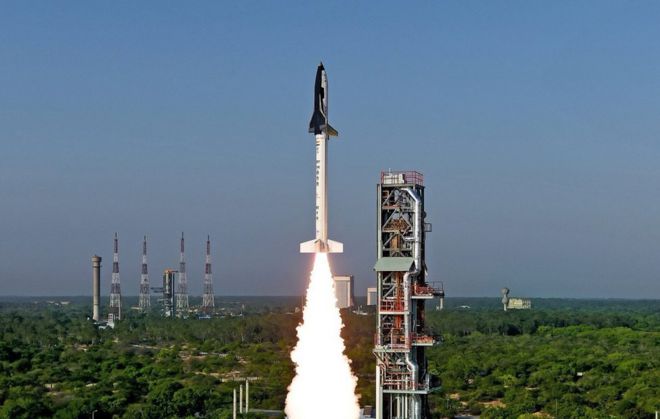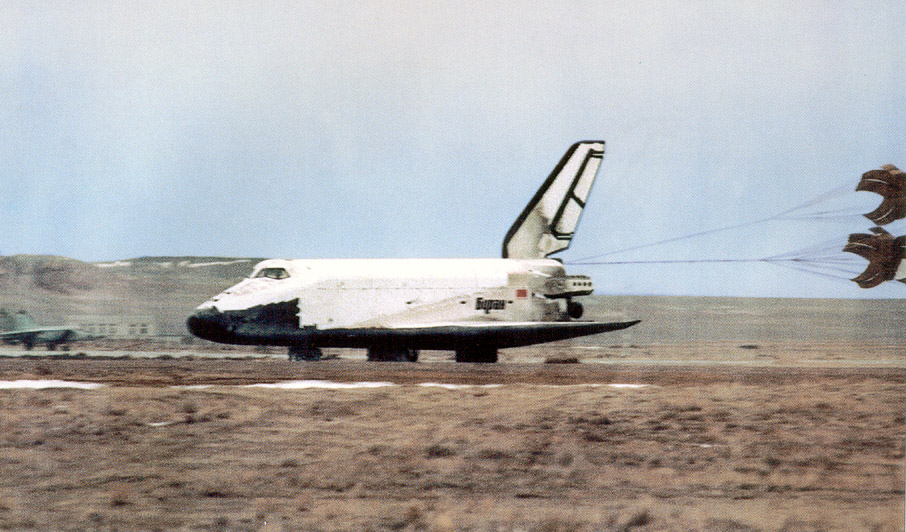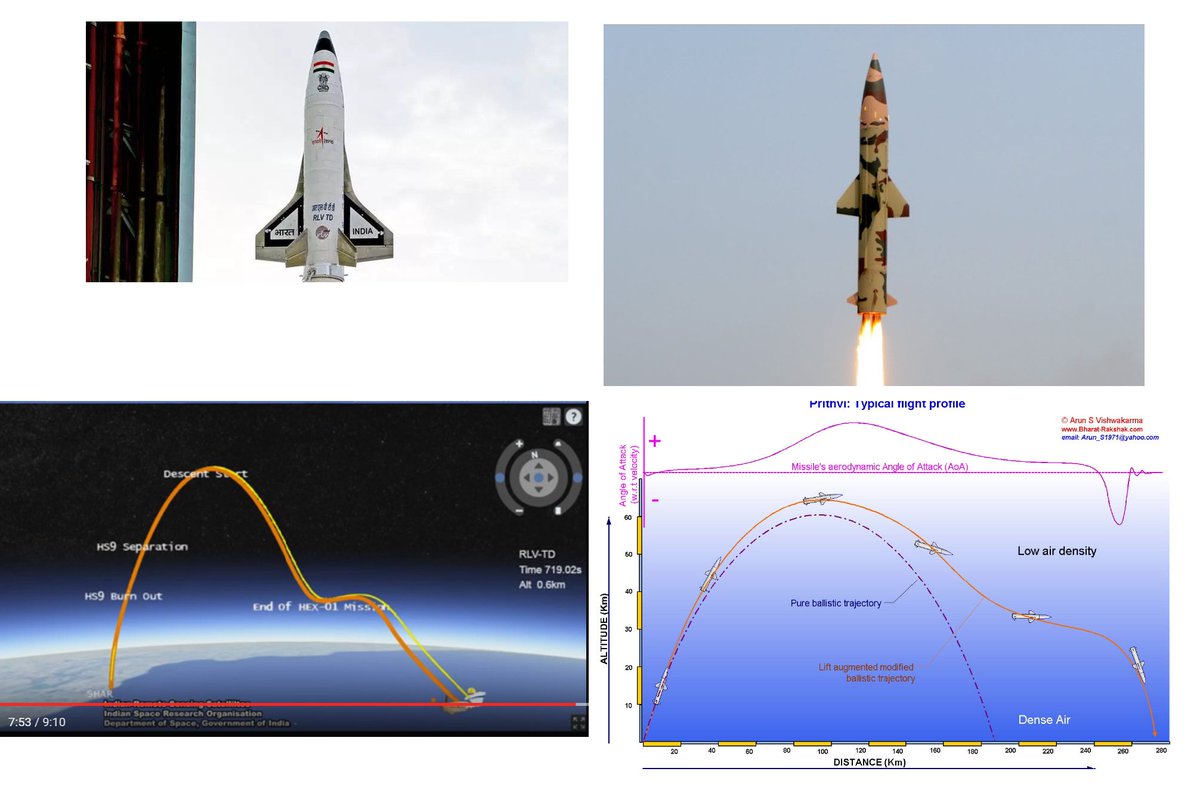Runway for space shuttle coming up at Sriharikota
The project report, readied a couple of years back, is likely to be fast-tracked following the success of the first Hypersonic Experiment of RLV. | (File Photo | PTI
CHENNAI: A 5-km runway is coming-up at the nation’s spaceport, Sriharikota, to facilitate the landing of Reusable Launch Vehicle (RLV), which is under development.
The project report, which has been readied a couple of years back, is likely to be fast-tracked following the success of the first Hypersonic Experiment of RLV on Monday.
ISRO sources told Express that a site has already been identified near the Augumented Satellite Launch Vehilce (ASLV) complex. ASLV is now non-operational.
After the Hypersonic Experiment, there would be landing experiment (LEX), return flight experiment (REX) and scramjet propulsion experiment (SPEX).
To carry out the further experiments in the category, ISRO needs a runway to retrieve and reuse the vehicle, the sources said.
When asked, K Sivan, director, Vikram Sarabhai Space Centre (VSSC), said the proposal was already there and a final approval has to be obtained before the work commences.
http://www.newindianexpress.com/cit...-at-Sriharikota/2016/05/24/article3448064.ece








